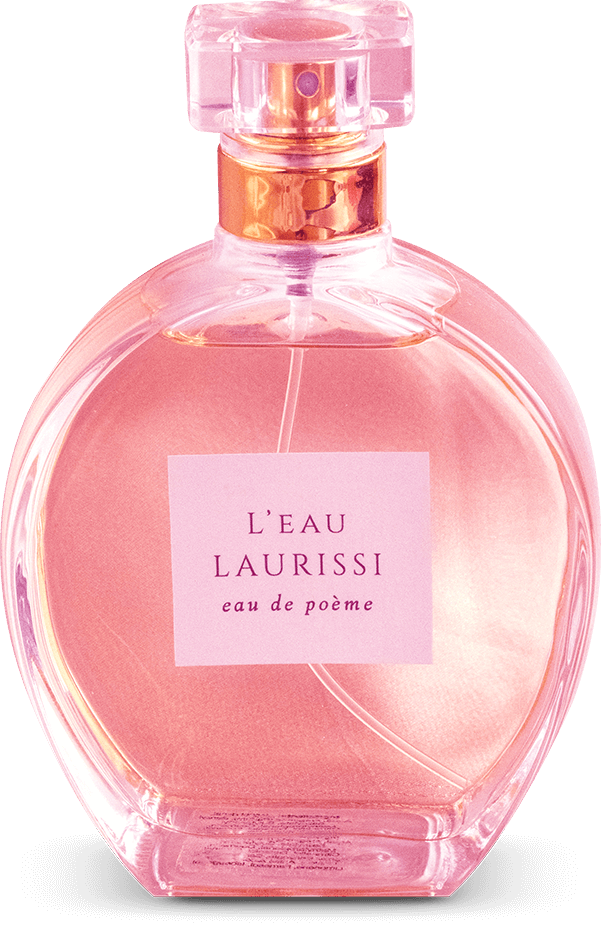Perfumes may seem like purely artistic creations, but behind their captivating scents lies a world of science and chemistry. In this article, we’ll explore the fascinating science behind perfumes, from the molecular composition of fragrance oils to the physiological effects of scent on the human brain.
1. The Chemistry of Fragrance Oils
- Fragrance oils are complex mixtures of aromatic compounds, including alcohols, esters, aldehydes, and terpenes. These molecules interact with receptors in the olfactory system, triggering the perception of scent.
2. Extraction Methods
- Perfume ingredients are extracted from natural sources, such as flowers, fruits, and spices, using various methods such as steam distillation, solvent extraction, and expression. Synthetic fragrance compounds are created in laboratories using chemical synthesis.
3. Scent Composition
- Perfumes are composed of three layers of scent notes: top, middle, and base notes. Each note contributes to the overall fragrance profile, with top notes providing the initial impression, middle notes adding complexity, and base notes providing depth and longevity.
4. Olfactory Perception
- The sense of smell is mediated by olfactory receptors located in the nasal cavity, which detect odor molecules and send signals to the brain’s olfactory bulb. The brain then interprets these signals, triggering emotional and physiological responses.
5. The Role of Chemistry in Perfume Development
- Perfumers use their knowledge of chemistry to create unique fragrance compositions, experimenting with different combinations of aromatic compounds to achieve desired scent profiles. Chemical analysis techniques, such as gas chromatography and mass spectrometry, help identify and quantify fragrance ingredients.
6. The Psychology of Scent
- Scents have a profound impact on our emotions and behavior, influencing mood, memory, and perception. Perfumers leverage this knowledge to create fragrances that evoke specific feelings and associations in consumers.
Conclusion:
- Perfumes are a perfect marriage of art and science, blending creativity with chemistry to create captivating scents that delight the senses. By understanding the science behind perfumes, we can gain a deeper appreciation for the craftsmanship and complexity of these fragrant creations.

